It was impossible to imagine analogue photography without them, but they also play an important role in digital photography: we are talking about optical filters that are screwed onto the lens or clamped in front of it to create special effects. Although digital image processing has made many things possible and many filters from analogue photography have become superfluous today, there are still optical filters that must not be missing in digital photography. It is important that the filter fits the purpose and is of high quality, otherwise the image quality will suffer.
There is one optical filter that is even permanently installed in every digital camera, because without it, it would not be able to reproduce colours. This is the Bayer filter, which is located directly in front of the photodiodes. It ensures that only red, green or blue light is transmitted. The camera later uses these three basic colours (RGB) to compose the colour information. The white balance gives the colours a weighting so that they roughly correspond to the scene actually seen. This also means that any colour filters are unnecessary in digital photography. In analogue photography, they were used to compensate for certain light temperatures or to influence the greyscale reproduction of black-and-white images. In digital photography, however, this works much better and easier with the camera's white balance or through image post-processing - especially if you shoot in RAW format. Nowadays you can also do without many effect filters without any problems, because you can achieve the effects just as well with image processing.
Nevertheless, you have probably heard that some photographers work with polarising filters, grey graduation filters or close-up lenses. Such optical filters can optimise the possibilities of digital photography while you're still shooting, bringing out the best in your photos. Read below about the different types of optical filters and what they are commonly used for.
Optical filters that also play an important role in digital photography include:
In the following you can find out about the special features and areas of application of the different types of filters.
Pole filters are used to filter out light that is polarised in a certain direction. They are used, for example, to minimise the haze that often occurs in landscape photographs due to the finest water vapour droplets that reflect the light of the air in a disturbing way. Even in clear visibility conditions, the polarising filter ensures a bright, blue sky. It can also filter out reflections on all non-metallic surfaces such as glass or water. Instead of the annoying reflection, the photo then shows what is behind the glass or under the surface of the water.
Grey filters are able to reduce the light without distorting the light colour. This is particularly helpful in bright shooting situations when working with a fast lens at open aperture to achieve a shallow depth of field. But grey filters are also a good help in realising long exposure times in daylight. This creates vivid flowing and blurring effects, which are desirable when photographing rivers or waterfalls, for example. Without grey filters, such photos would quickly be overexposed.
Levelling filters, unlike grey filters, are not completely darkened or coloured, but only partially. They are popular with photographers who want to compensate for high contrast differences in their subjects. In digital photography, such contrast differences are a frequent problem. This quickly leads to eroded highlights or dark shadows. Here, the grey graduated filter is a good tool, for example, to make the sky look darker in landscape shots and to minimise the contrasts. An alternative to the grey gradient filter would only be HDR photography, but this is only possible in static shooting situations.
Infrared filters also cannot be reproduced by pure image processing of digital photos. Although the name suggests it, they do not filter infrared light, but only allow infrared light to hit the sensor and filter out the rest of the light. Infrared light is strongly reflected, especially by plants. This creates surreal, extraordinary and remarkable images in summer. In the course of time, infrared photography has developed into a very special branch of digital photography that is becoming increasingly popular.
When it comes to the question of whether UV, protective and skylight filters are really needed, the opinions of experts and photographers differ widely. Some swear by them, others can well do without them. Purely protective filters are often problematic because they can reduce image quality. This is because digital image sensors reflect a lot of light back towards the lens. Particularly with lenses that are not optically perfectly coated and additional filters, this often leads to unsightly reflections or ghost images. This can be seen especially in night shots and long exposures. Then not only the actual lights are visible, but many other light sources that were not actually visible when the picture was taken. This effect can be minimised by using a high-quality coated filter.
In principle, a UV filter can be dispensed with because digital sensors are not sensitive to UV light like analogue films. Instead, the UV light is absorbed directly in front of the sensor. In the worst case, such a filter only reduces the image quality. However, protective, UV and skylight filters are still popular with many photographers. The reason: they protect the front lens of the lens from dangerous environmental influences. Especially in dusty, dirty or sandy shooting situations or in salty seawater, UV or clear glass filters are a good solution to protect the front lens. In an emergency, such a filter is easier to clean and also cheaper to replace than the scratched front lens of the lens.
Near lens filters are used especially in macro photography. Amateur photographers or beginners in digital photography often shy away from the high purchase costs associated with buying a special macro lens. In this case, the close-up lens filter can be a good alternative. It magnifies the subject like a magnifying glass, bringing the focus area closer to the desired object. Instead of shooting from a distance of 50 centimetres at the most, you can shorten the distance to 20 to 30 centimetres with the close-up lens filter. Accordingly, you can get much closer to the subject and still achieve a sharp photo.
Close-up lens filters provide a larger magnification, but at the same time reduce the depth of field. A tripod should therefore be used when taking photographs. In addition, it is recommended to choose an aperture of at least F8 or smaller (higher f-number) to achieve sharp images. Close-up lens filters are available in different strengths. However, they do not completely replace the standard macro lens. The attachment reduces the image quality a little. Especially towards the edges, many close-up lens filters show a clear blurring. If you do not want to accept such a loss of image quality, but want to take photos that are sharp all the way to the corners, you cannot avoid buying a traditional macro lens.
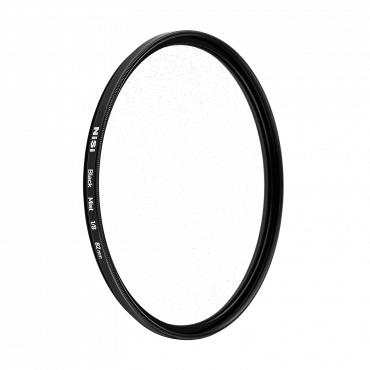
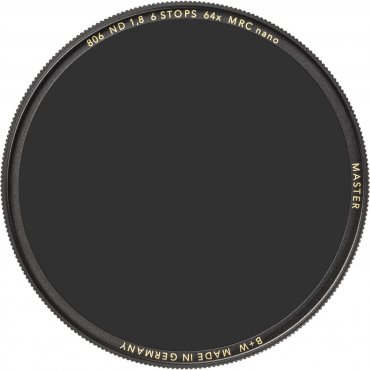
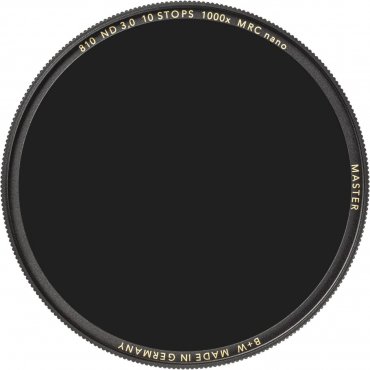
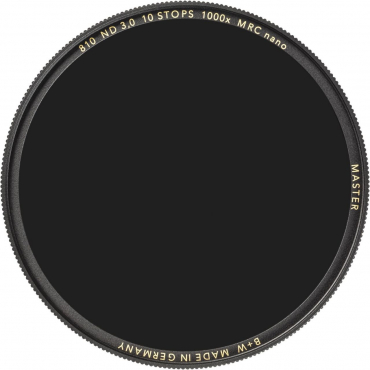

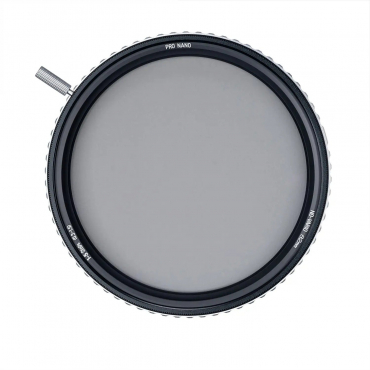
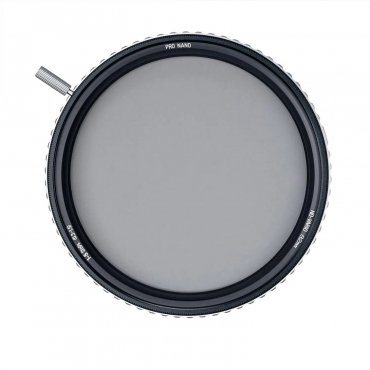
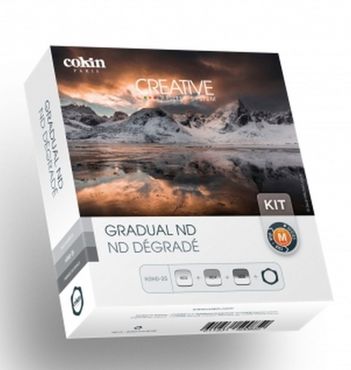
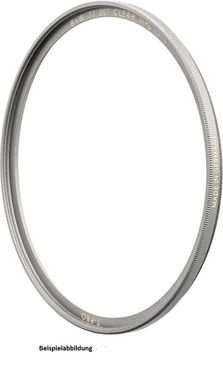

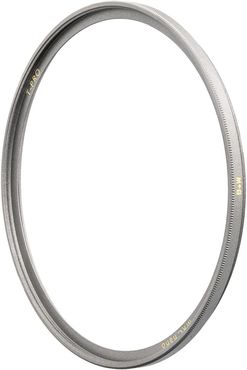


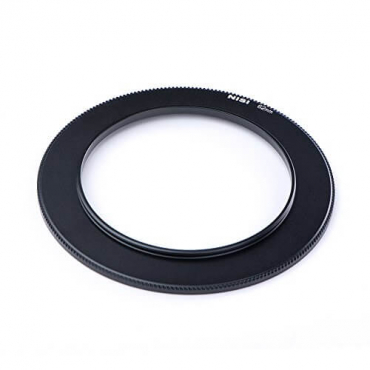
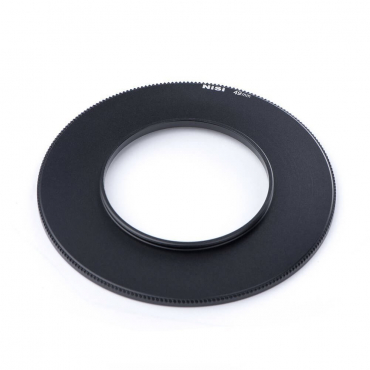

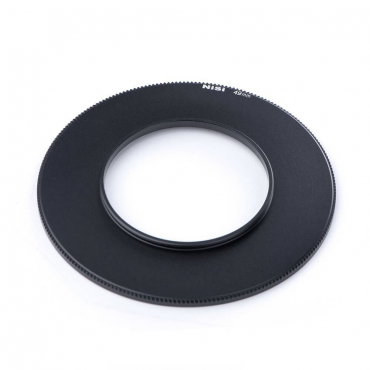
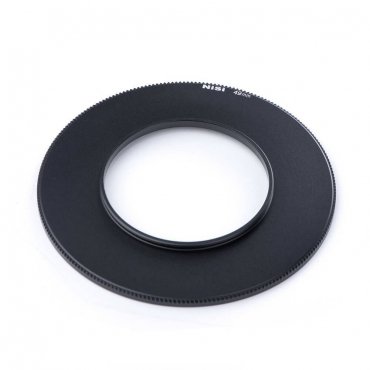
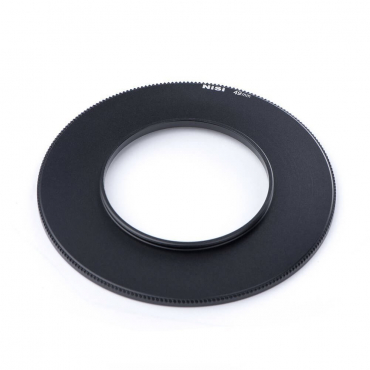
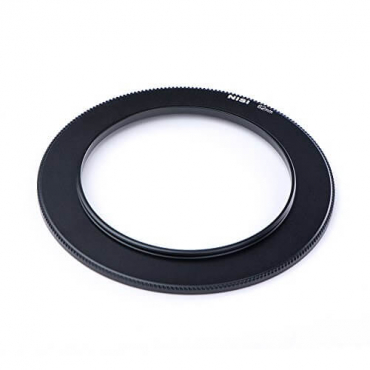
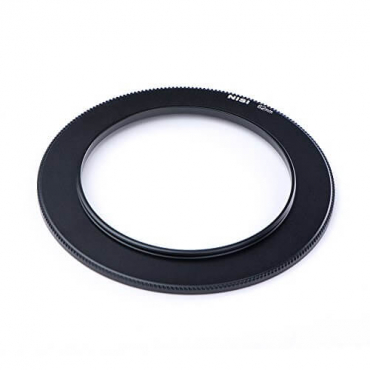
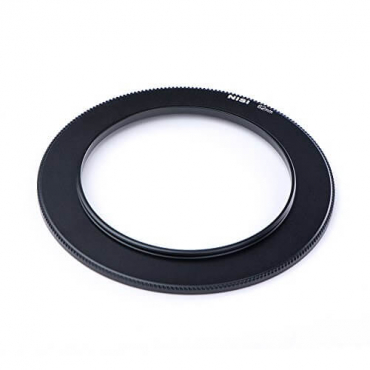
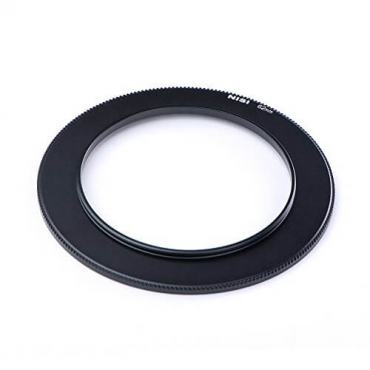
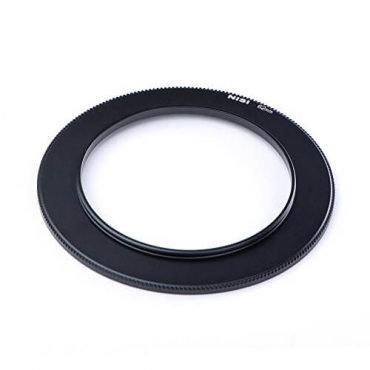
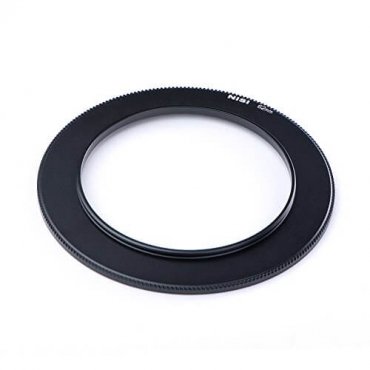



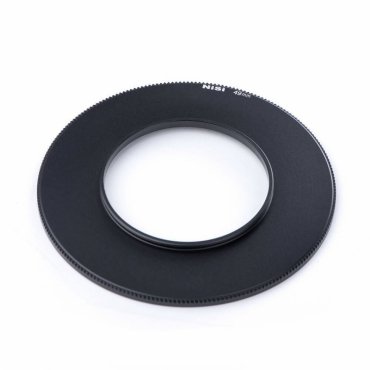

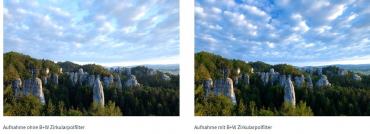
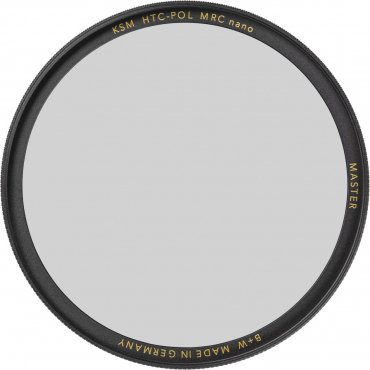
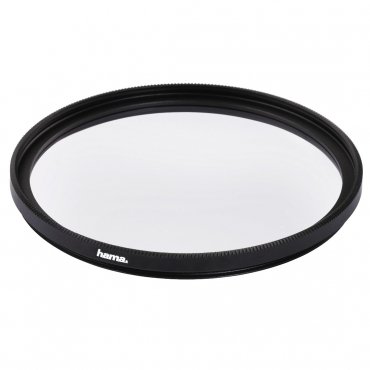
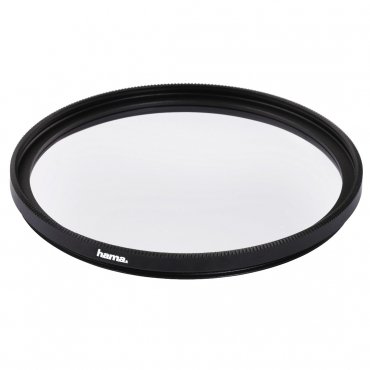
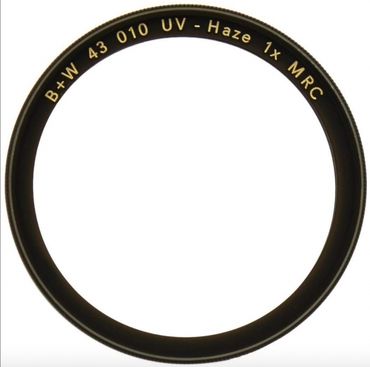
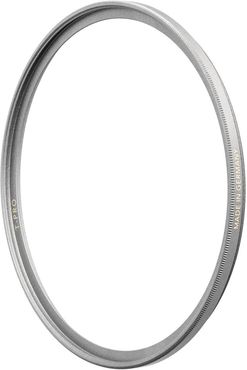
Simply subscribe and benefit as a newsletter recipient every week: